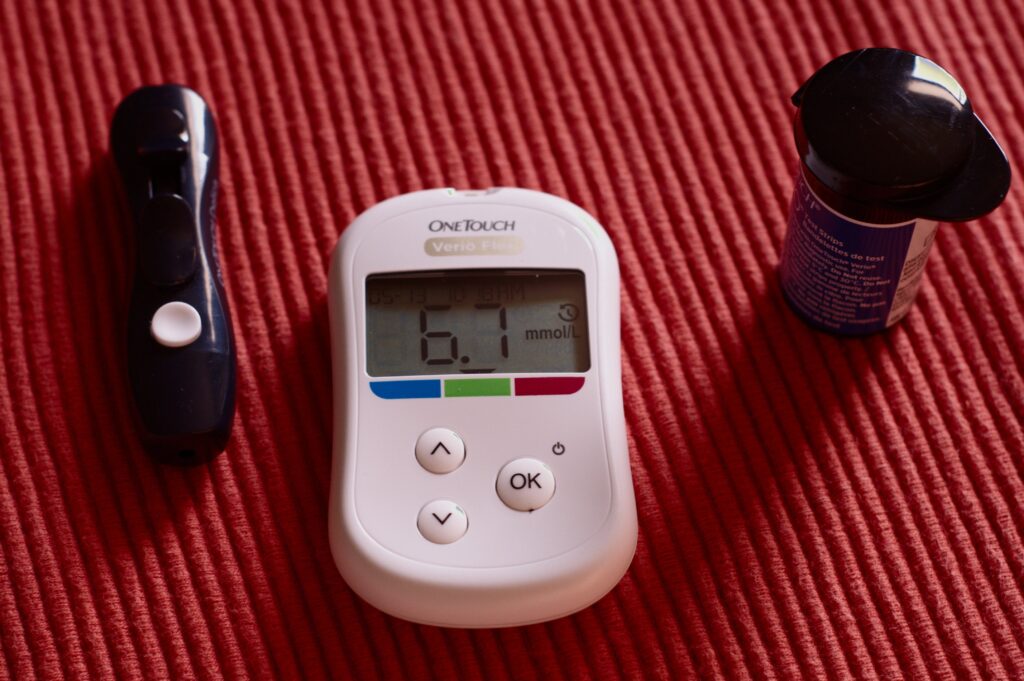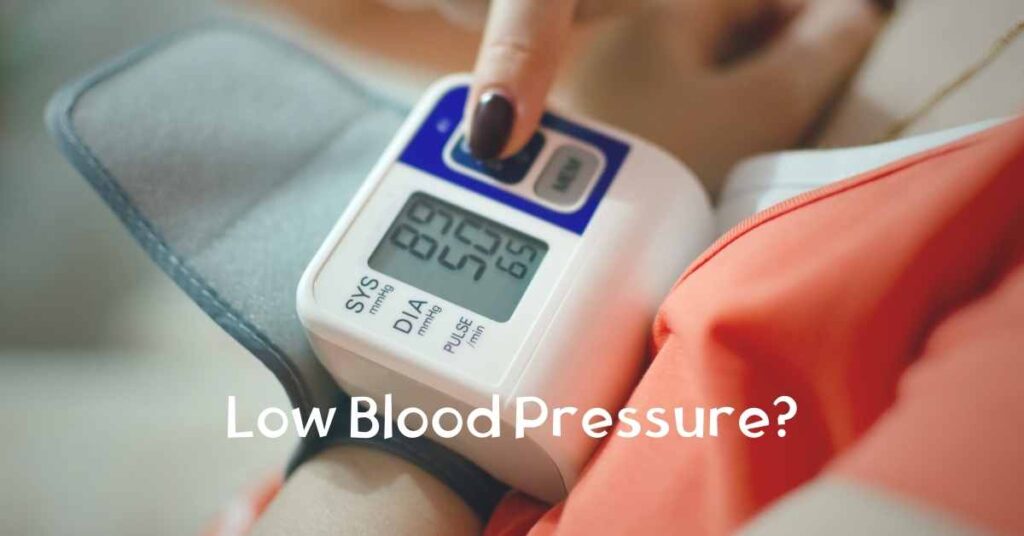High blood pressure in pregnancy is not uncommon. Throughout the world, high blood pressure in pregnancy is a concern both for the mother and the developing baby in the womb. So, in this article we are going to discuss about all the treatment options of high blood pressure in pregnancy. Lets check.
High Blood Pressure In Pregnancy Drugs
Patients who previously receiving drug therapy for high blood pressure can often discontinue high blood pressure controlling medicines (antihypertensives). They can restart the medicine when BP gradually rises to prepregnant values toward term. It is always important to follow your doctor’s instruction. Do not skip any medicine or intake any medicine without consulting with your doctor.
It is difficult to know that whether rising BP is due to a normal physiologic return to earlier pressure or it is due to the development of preeclampsia. Preeclamsia is a medical condition that needs immediate medical attention.
Baseline preeclampsia laboratory tests needs to be done. Not only that, very close follow-up, and comanagement with the patient’s doctor (obstetrician) are essential.
Patients with good BP control may prefer to continue safe medicines or switch to another regimen. The drugs which are considered comparatively safe to use in case of high blood pressure in pregnancy are methyldopa and labetalol.
Nifedipine, hydralazine, and other β-blockers have also been studied and are acceptable when safest approved drugs (like methyldopa and labetalol) are ineffective or has some other issues in case of high blood pressure in pregnancy. So these drugs are used as alternative of the safest drugs during pregnancy.
ACE inhibitors and ARBs should be discontinued at the diagnosis of pregnancy because of their harmful effects on the developing fetus (teratogenicity) and their association with fetal and neonatal absence of kidney (renal agenesis)and for kidney (renal) failure even when they are used later in gestation.
High Blood Pressure In Pregnancy Drug Dosing Factors
For determining the dosing of the drug for high blood pressure in pregnancy, one should take into consideration the following factors
- The increase in kidney (renal) and liver (hepatic) clearance of the drug
- The increased volume of distribution of the drug inside body
Based upon the above factors, the dose of the drug is determined. It means whether higher doses of drug or narrowed dosing of drug intervals during pregnancy is needed or not is determined.
High Blood Pressure In Pregnancy Treatment Goals
The goal of antihypertensive therapy in high blood pressure in pregnancy is not clear. In different studies, it is shown that there was no significant difference in the risk for pregnancy loss, high-level neonatal care, or overall maternal complications with tight blood pressure control (target diastolic blood pressure, 85 mm Hg) compared with less-tight control (target diastolic blood pressure, 100 mm Hg) in case of high blood pressure in pregnancy. Although less tight control of high blood pressure in pregnancy was associated with a significantly higher risk for severe maternal hypertension.
Most current consensus recommendations for high blood pressure in pregnancy address fetal concerns and short-term maternal safety only, recommend keeping BP below 160/100 mm Hg. Given the long-term maternal data, most centers prefer to keep maternal BP, particularly in patients with diabetes or renal disease, below 140/90 mm Hg.
Consensus recommendations agree that maintaining BP above 120/80 mm Hg is necessary to preserve placental perfusion. Good placental perfusion is highly important for the fetus and also for the continuation of the pregnancy.
It is important to note that there is no evidence that salt restriction or dietary changes improve BP control in pregnancy, and weight loss is not recommended. Similarly, there is no evidence that BP control decreases the risk for preeclampsia.
It is important to obtain baseline preeclampsia laboratory tests (complete blood count, platelet count, creatinine concentration, uric acid level, aspartate transaminase level, urinalysis) in all patients with hypertension, given the 20% risk for preeclampsia, and low-dose aspirin and calcium supplementation should be considered to prevent preeclampsia.
Fetal monitoring with serial ultrasound for growth and amniotic fluid volume, nonstress testing (fetal heart rate acceleration in response to movement) once or twice a week after 32 weeks, and consideration of doppler flow velocimetry are recommended.
High Blood Pressure In Pregnancy Drug During Breastfeeding
Most antihypertensives are safe for breast-feeding, which should be encouraged.
Hydrochlorothiazide, α-methyldopa, nifedipine, acebutolol, and metoprolol are all approved by the American Academy of Pediatricians. There is no evidence that hydrochlorothiazides affect milk volume.
There is evidence that propranolol and atenolol are concentrated in breast milk, so they should be avoided. Enalapril and captopril are the preferred ACE inhibitors in breastfeeding women, but it may be prudent to delay ACE inhibitors for the first few weeks of the baby’s life and for mothers of premature babies, due to the adverse pregnancy data.
High Blood Pressure In Pregnancy Outcome
Hypertension may increase the risk for placental abruption (placenta separates from the inner wall of the uterus before birth), intrauterine growth restriction (IUGR), and low-birthweight babies. The major risk, however, is its contribution to the risk for preeclampsia and the associated increase in perinatal morbidity and mortality.
In addition, chronic hypertension in patients with other comorbidities, including diabetes, renal disease, collagen vascular disease, and thyroid disorders (like hypothyroidism) significantly increases the risk for maternal and fetal complications.
Women who develop high blood pressure in pregnancy are at increased lifetime risk for the development of chronic hypertension, even if the BP normalizes after delivery (postpartum).
Sources
- Psychiatry, 2 Volume Set Book By Wiley
- Year Book of Psychiatry and Applied Mental Health 2012
- Textbook of Psychiatry E-Book, Elsevier





